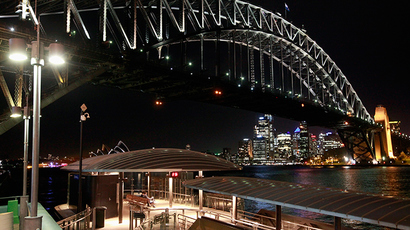Microplastics found deep in live lung tissue – study

Researchers in the UK have discovered microplastics in live lung tissue for the first time, which adds to growing evidence that humans breathe these extremely small particles. The study was published last month in Science of the Total Environment.
Microplastics are trace particles measured at under 0.2 millimeters in diameter and often invisible to the naked eye.
Earlier studies had already discovered microplastic particles in all parts of the body, including the lungs. But that research was accomplished using tissue gathered from cadavers. This time, scientists were able to observe the widespread pollutant in live tissue gathered from live patients in the course of routine surgery.
They found 39 microplastics in 11 of the 13 lung tissue samples tested – much higher levels than previous laboratory tests had yielded. They found microplastics to be more pervasive in the lungs of male donors than of female donors, and were surprised by the distribution of particles, recording more in the deepest parts of the human lung, whose very narrow air passageways, they had believed, precluded the infiltration of microplastics.
The new research comes on the heels of a Dutch study, also the first of its kind, which appeared earlier in March in Environment International. Researchers used sensitive equipment to test the blood of healthy human donors for microplastic polymers. They found microplastics in 17 of the 22 samples tested and up to three different types of microplastic in a single sample.
Microplastics are used in a vast array of manufacturing processes and finished products, including food and beverage containers, plastic shopping bags, clothing, paint, blankets, toys, appliances, and packaging of all kinds. Microplastics have been found at the bottom of Sydney Harbor and in fetal placenta.
Laura Sadofsky, lead author on the paper, said the findings provide “an important advance in the field of air pollution, microplastics and human health,” as quoted in the Daily Mail. Studies into their health effects are as yet poorly understood.













